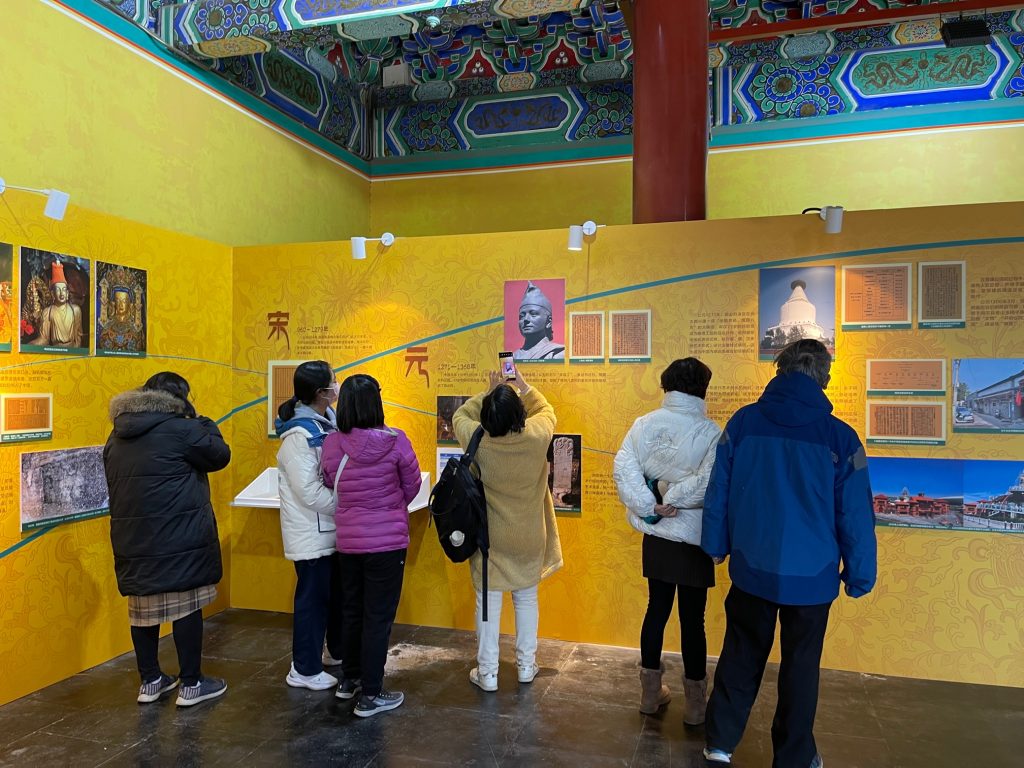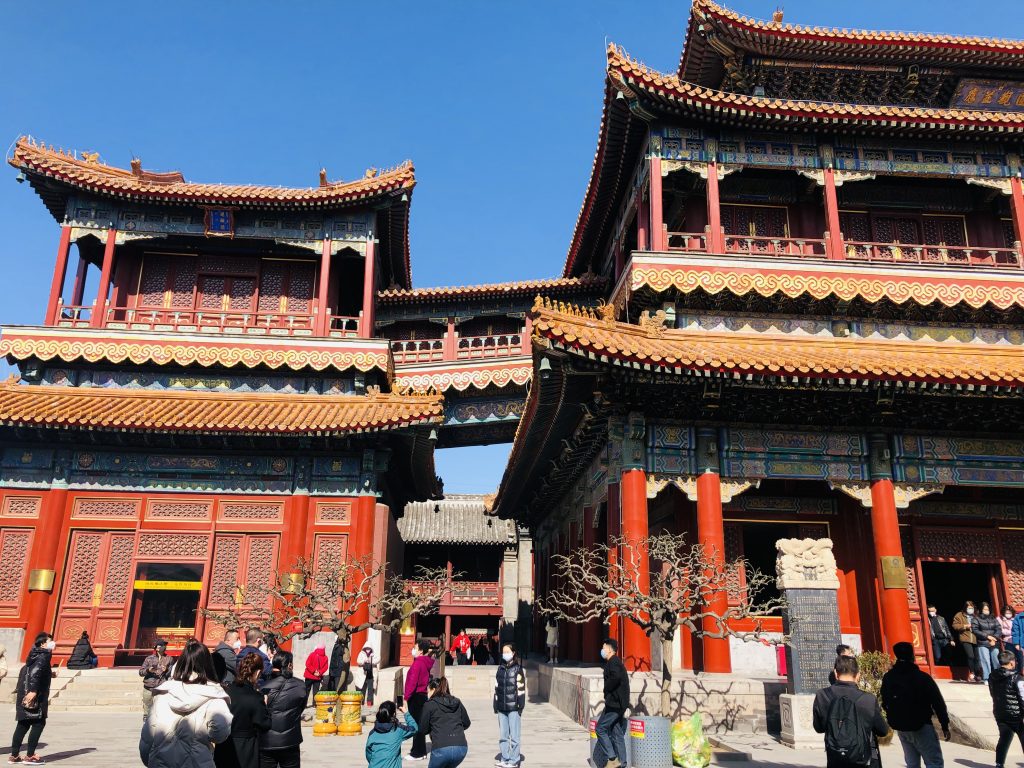
This March, I got an opportunity to visit a few cultural and religious sites in Beijing which reflected a deep connection with Nepal. Through the magnificent architecture, deep rooted arts, and centuries-old structures, we can find many similarities and greatness of our cultural and spiritual ties. These heritage sites have been a direct source for Chinese people to learn and understand more about Nepal. Despite the cold temperature, this strong cultural presence, and bonding warms anyone’s heart.
The White Dagoba Temple
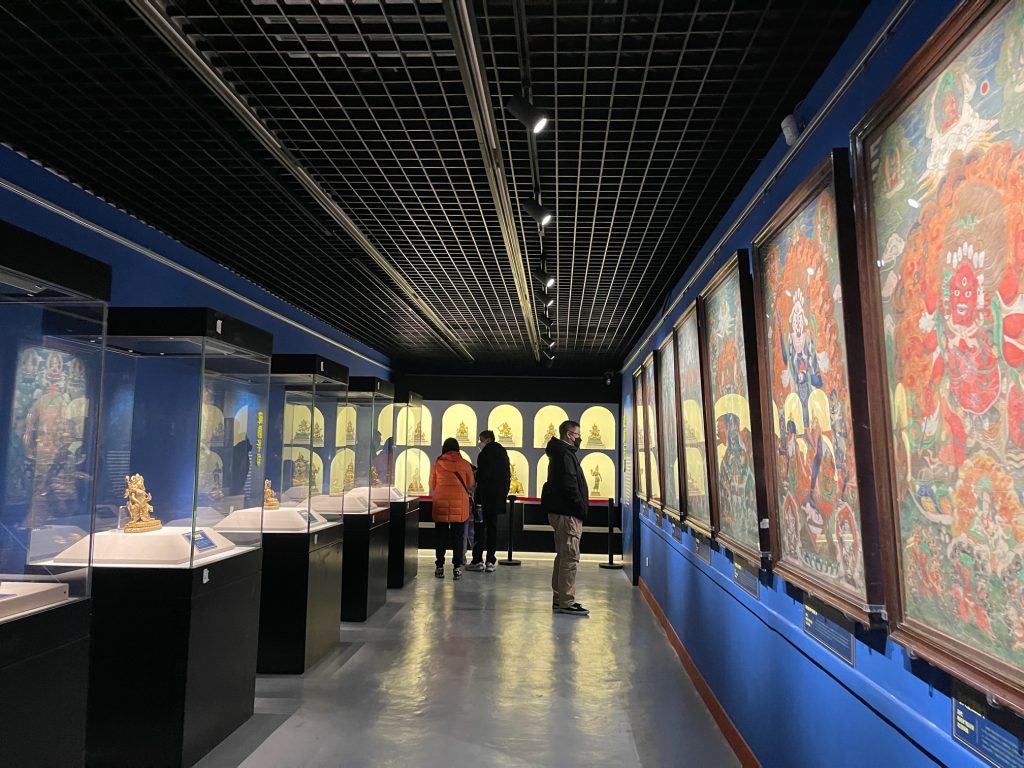 The White Dagoba, or the Miaoying Temple can also be known as Araniko Temple as it was built by the Nepali architect Araniko. It was built during the Yuan Dynasty in 1271 during Kublai Khan’s rule. A full body statue of Araniko has graced the temple premise. The temple also features a China-Nepal Cultural Exchange Exhibition Hall, where Nepal’s historical, natural, and cultural richness and beauty is reflected through photos, paintings, and audio-visual materials.
Dazhongsi Ancient Bell Museum
The White Dagoba, or the Miaoying Temple can also be known as Araniko Temple as it was built by the Nepali architect Araniko. It was built during the Yuan Dynasty in 1271 during Kublai Khan’s rule. A full body statue of Araniko has graced the temple premise. The temple also features a China-Nepal Cultural Exchange Exhibition Hall, where Nepal’s historical, natural, and cultural richness and beauty is reflected through photos, paintings, and audio-visual materials.
Dazhongsi Ancient Bell Museum
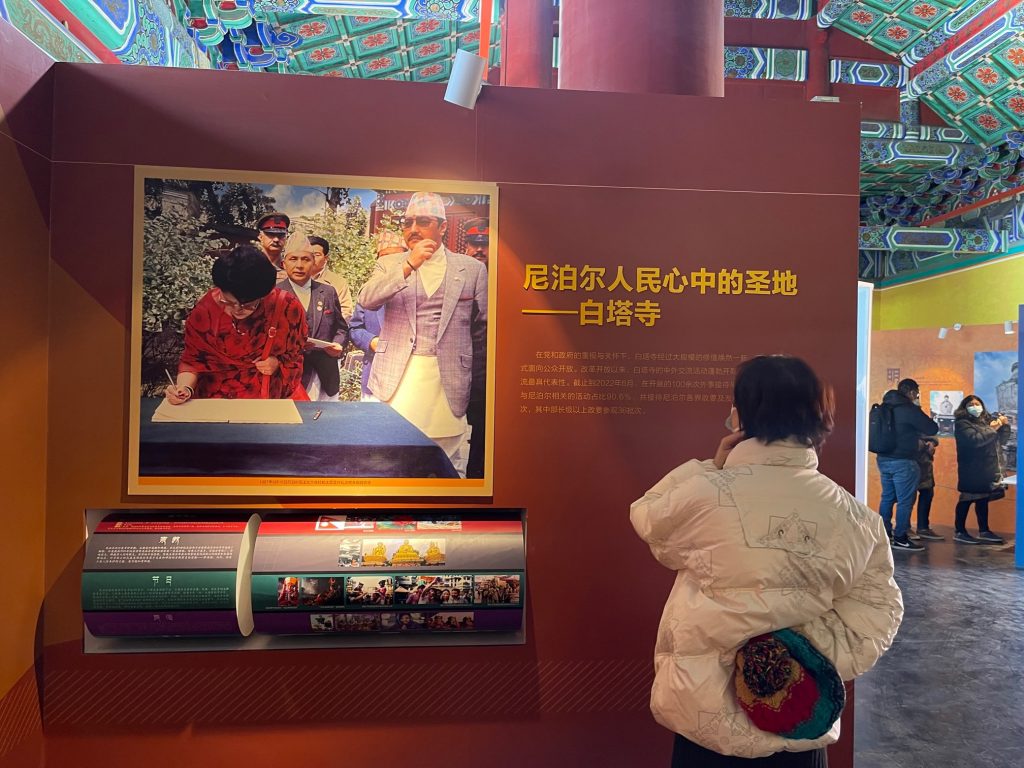 Dazhong Si (Big Bell Temple) has a collection of fascinating bells and chimes from the ancient period. The halls have many models and replicas of bells, in different shapes and sizes, depicting rich history. The most iconic one is the Nepali bell ‘Ghanti’ made up of brass and tied with the wooden structure. Out of bells from many countries on display, this Nepali gift to the Chinese people stands unique and echoes the magical sound of Sino-Nepal friendship.
The Lama Temple
Dazhong Si (Big Bell Temple) has a collection of fascinating bells and chimes from the ancient period. The halls have many models and replicas of bells, in different shapes and sizes, depicting rich history. The most iconic one is the Nepali bell ‘Ghanti’ made up of brass and tied with the wooden structure. Out of bells from many countries on display, this Nepali gift to the Chinese people stands unique and echoes the magical sound of Sino-Nepal friendship.
The Lama Temple
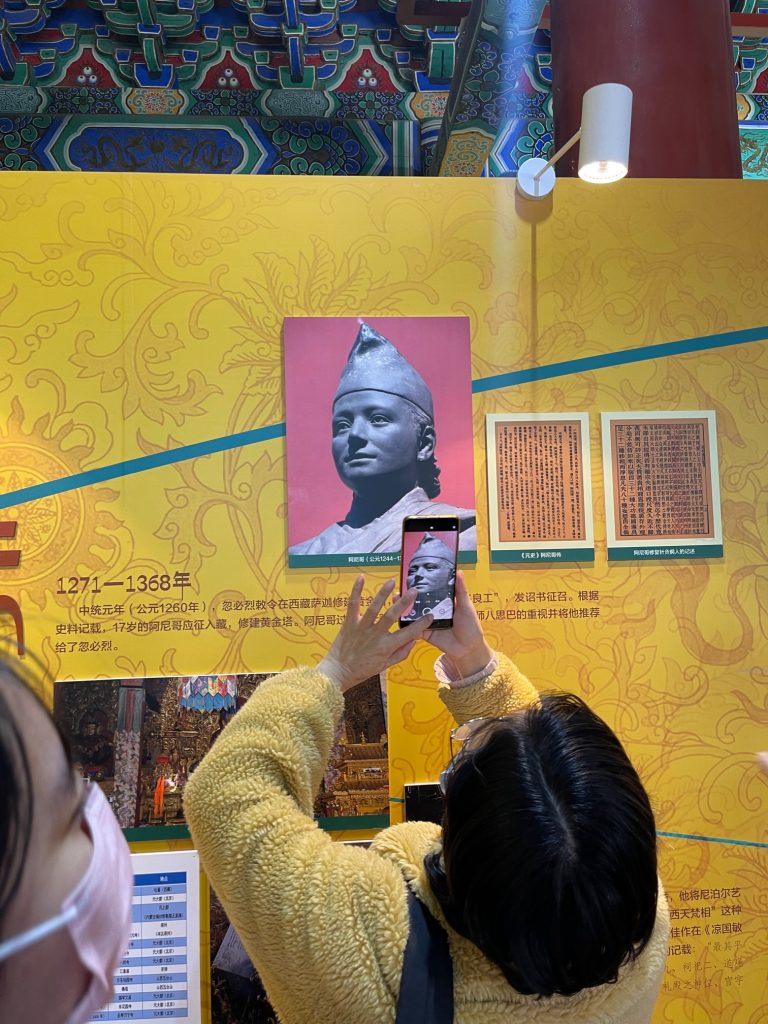 The Yonghe Gong in Beijing is popularly known as Lama Temple, which is a center of Tibetan Buddhism. It consists of the largest sandalwood Buddha in the world. The giant precious white log with Buddha’s image carving was taken from Nepal, which is also recorded in the Guinness World Records. It is said that the sandalwood was gifted in the 1750s, which has remained as a monument of historical ties between the two countries.
The Yonghe Gong in Beijing is popularly known as Lama Temple, which is a center of Tibetan Buddhism. It consists of the largest sandalwood Buddha in the world. The giant precious white log with Buddha’s image carving was taken from Nepal, which is also recorded in the Guinness World Records. It is said that the sandalwood was gifted in the 1750s, which has remained as a monument of historical ties between the two countries.
